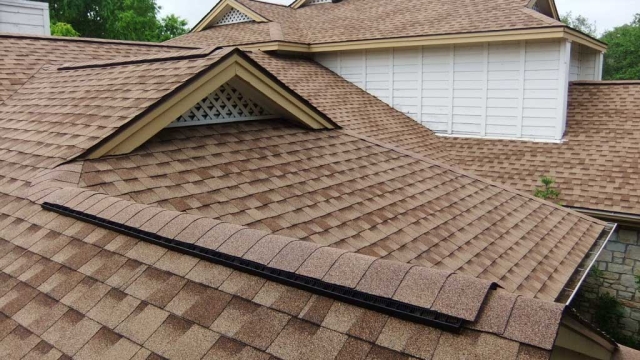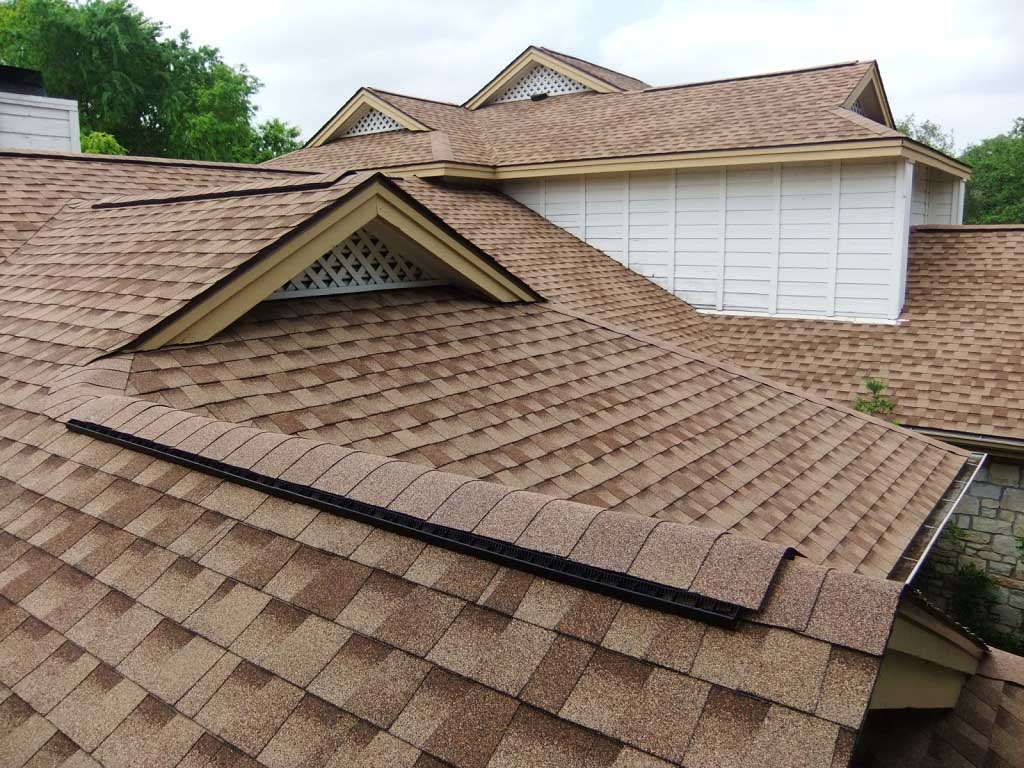
Transform Your Home: The Ultimate Guide to Siding, Roofing, Gutters, and Windows

Your home is a sanctuary, a place that reflects your personality and provides comfort and safety. As such, maintaining and enhancing its appearance is essential for both your enjoyment and its value. Whether you’re looking to revitalize an aging exterior or simply want to improve energy efficiency, focusing on vital elements like siding, roofing, gutters, and windows is key to transforming your home.
In this ultimate guide, we will delve into each aspect of your home’s exterior, providing insight into the best materials, styles, and maintenance practices. From selecting the right siding that complements your home’s architecture to understanding the importance of a durable roof, every decision counts. We will also explore the crucial role of gutters and guards in protecting your property from water damage, as well as how windows contribute to energy efficiency and aesthetic appeal. Join us as we embark on this journey to elevate your home’s exterior and ensure it is not only beautiful but functional and resilient.
Choosing the Right Siding
Selecting the right siding for your home is a crucial decision that impacts not only the aesthetics but also the durability and energy efficiency of your property. There are various materials available, including vinyl, wood, fiber cement, and metal, each offering distinct advantages and drawbacks. Vinyl siding is popular for its affordability and low maintenance, while natural wood siding provides a warm, classic look but requires regular upkeep. Fiber cement is known for its resilience against harsh weather conditions, making it a reliable choice for homeowners in areas with extreme climates.
Understanding your home’s architectural style can greatly influence your siding choice. Traditional homes may benefit from the timeless appeal of wood or brick, while modern designs often pair well with sleek metal or minimalist fiber cement. Additionally, consider the color and texture of the siding, as these elements will not only affect your home’s curb appeal but also its resale value in the future. Aim for a combination that harmonizes with your landscape and surrounding neighborhood for optimal visual impact.
Another important factor to keep in mind is the local climate and environmental considerations. The siding you choose should withstand regional weather patterns, such as heavy rains, persistent sun, or extreme cold. Insulated siding options can also enhance energy efficiency, helping you save on heating and cooling costs. Ultimately, investing time in research and consultation with siding professionals will help you make an informed decision that enhances both the beauty and functionality of your home.
Essential Roofing Options
When it comes to choosing the right roofing for your home, it’s important to consider the various materials available that cater to different styles and budgets. Asphalt shingles are among the most popular due to their affordability, ease of installation, and wide range of colors. They provide a decent lifespan of around 15 to 30 years and are suitable for most climates, making them a go-to choice for homeowners looking for a reliable option.
For those seeking a more durable and aesthetically pleasing roof, metal roofing is an excellent alternative. This type of roofing is known for its longevity, often lasting 40 to 70 years with minimal maintenance. It also offers energy efficiency and can reflect solar heat, which helps reduce cooling costs in warm climates. Metal roofs are available in various styles, including standing seam and corrugated, allowing homeowners to achieve the desired look for their property.
Another option to consider is slate roofing, which is renowned for its natural beauty and exceptional durability. Slate roofs can last over a century when properly maintained, making them one of the longest-lasting materials available. They offer a unique appearance that can enhance the architectural charm of your home. However, slate is heavier and typically more expensive than other materials, so it’s essential to ensure that your home can support the weight and to account for installation costs.
Gutters and Windows: Key Considerations
When it comes to home improvements, the combination of gutters and windows plays a crucial role in both functionality and aesthetics. A well-designed gutter system is essential for redirecting rainwater away from the foundation, preventing potential water damage. Its alignment with the window placements is important to ensure that any water runoff does not accumulate around windows, which could lead to leaks or rot over time. Choosing the right materials for both gutters and windows can enhance not only durability but also the overall look of your home.
Siding installation
Windows are vital for natural lighting and ventilation, and they should complement the style of your gutters. Various window styles, such as double-hung, casement, or sliding, come with unique features that can affect the overall efficiency of your home. Ensure that the window frames are fitted securely to minimize gaps that could allow water infiltration. Integrating gutter guards can further enhance the system by preventing debris buildup, ensuring that water flows freely without compromising the appearance of your windows.
Additionally, consider energy efficiency when selecting windows to pair with your gutter system. Windows with high ratings for insulation can help regulate indoor temperatures, ultimately reducing energy costs. This becomes especially important during extreme weather conditions. By making informed decisions about both your gutters and windows, you can create a cohesive system that protects your home while elevating its curb appeal.



